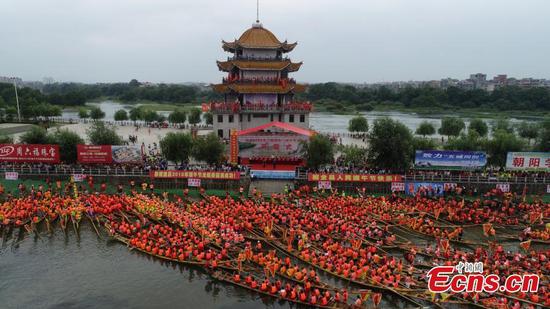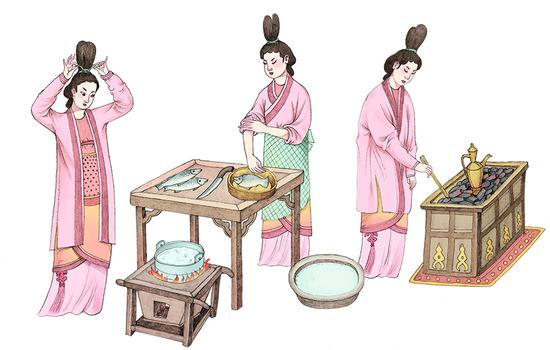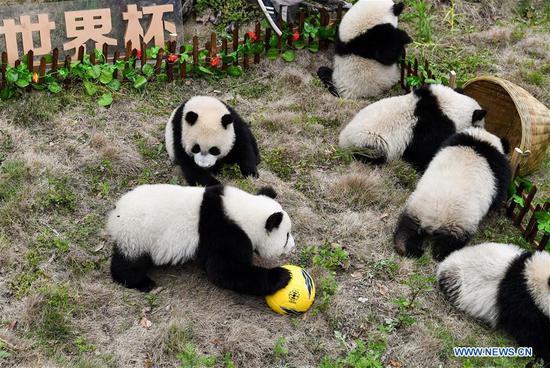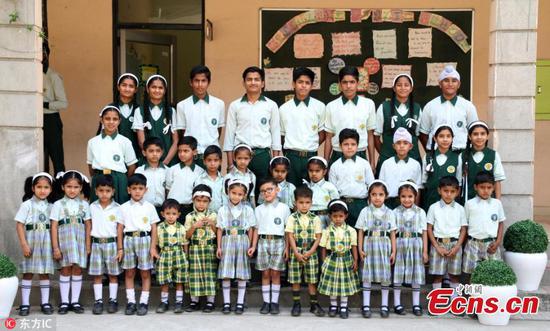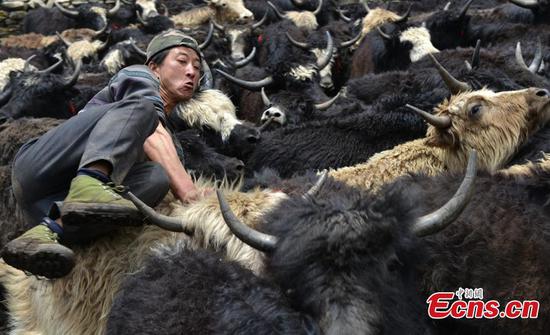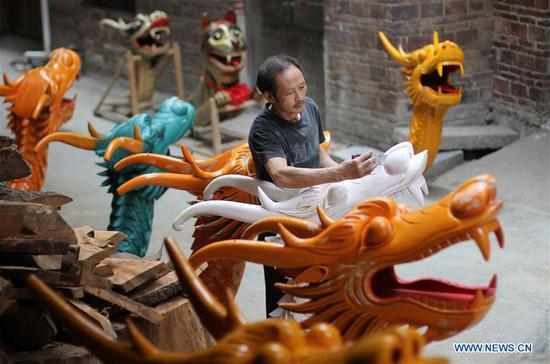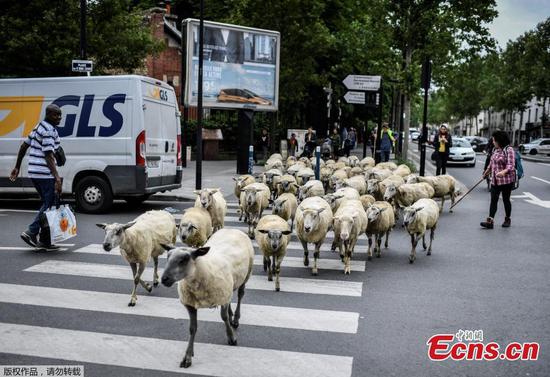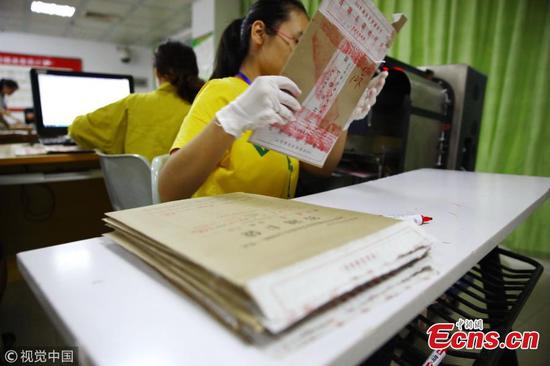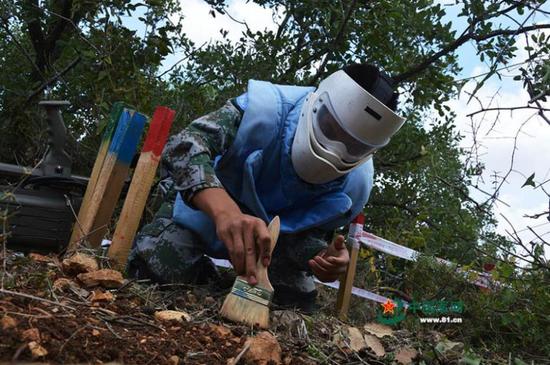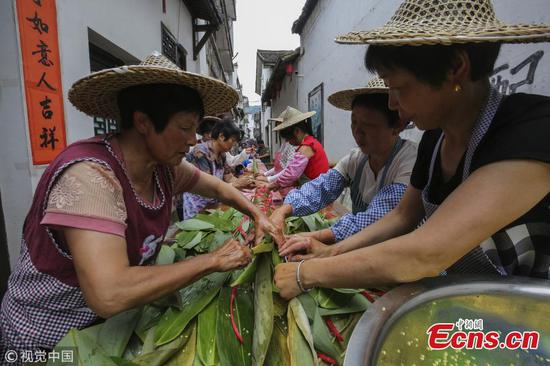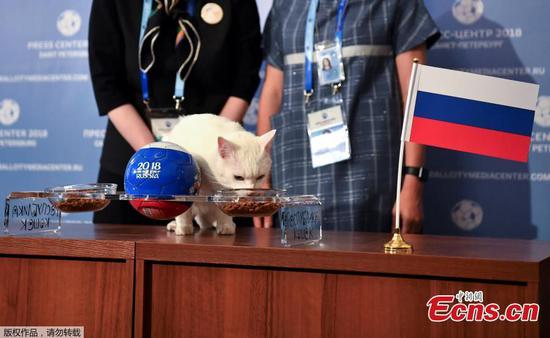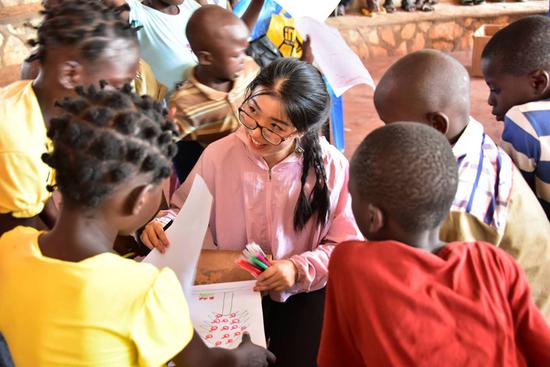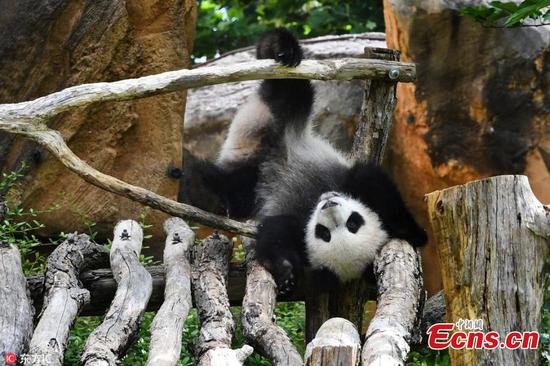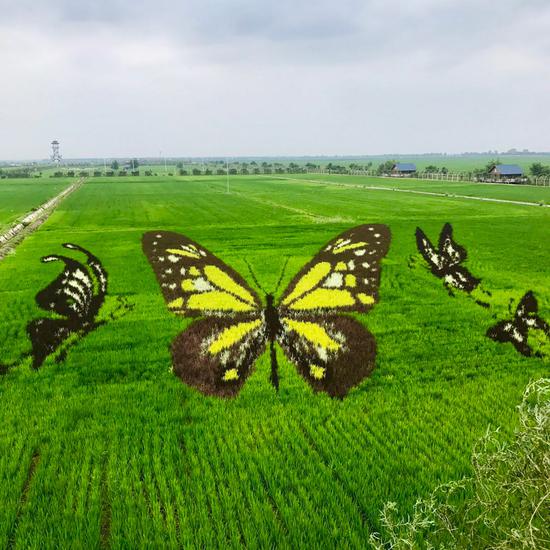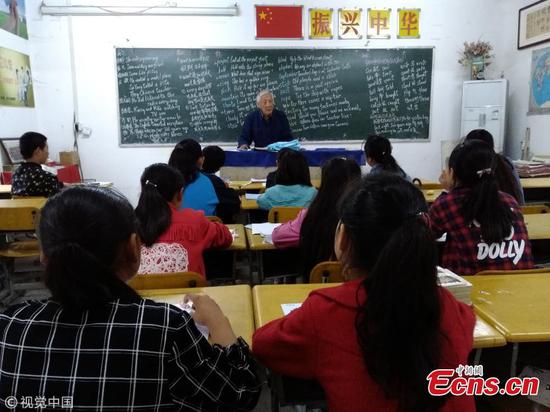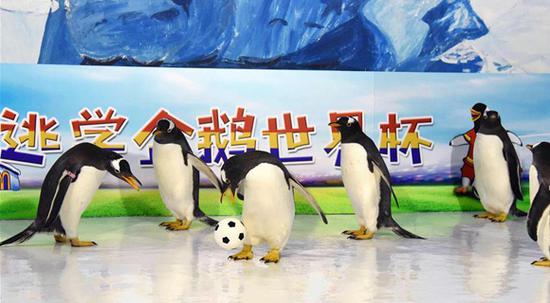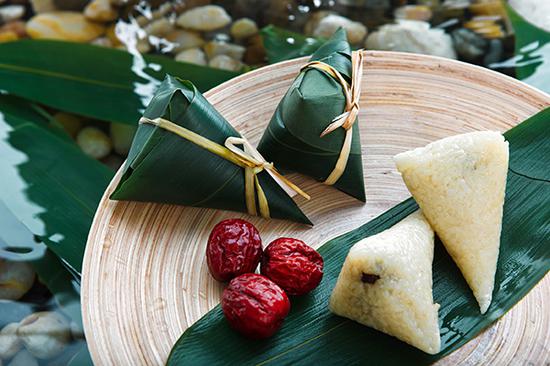
Sweetened zongzi with the addition of red bean paste or a puree of Chinese jujubes is popular in northern China. (Photo provided to China Daily)
Every Chinese child knows the story of Qu Yuan, the folk hero who threw himself into a raging river when his country was vanquished three centuries before Christ was born. And every Chinese child would have listened wide-eyed to this patriotic tale while munching away on a zongzi, the glutinous rice dumpling.
These rice cakes, swaddled in reed or bamboo leaves, are supposed to commemorate his death, but were actually eaten long before that. Like many foods for festivities, they started off as sacrificial items.
As generations pass, the tale has begun to become more remote, but the dumplings have stayed on, just as the festival itself has now evolved and been named after the dragon boats themselves.
Its proper name is Duanwu, the midsummer festival, and it has been a tradition long before Qu Yuan and his tragic story, which only added to the romance of the origins.
Chinese all over the world eat zongzi at this time, although the dumplings have become everyday fare in certain communities.
Large zongzi full of savory glutinous rice and mung beans are eaten for breakfast in Guangdong province and Hong Kong, perfect as tummy fillers for those who need a carbohydrate hit to start the day. The attraction is a little square of pure fat rolled in fragrant five-spice powder tucked deep inside the saltwater dumpling, xianshuizongzi. The cube of lard moisturizes the rice and beans and is almost melted in the long cooking process.
This zongzi is often eaten drenched in sweet hoisin sauce or spicy red chili oil.
An even larger cousin is the guozhengzong, the famous Cantonese steamed dumpling that is pillow-shaped and a full meal for a grown man. The ones from Zhaoqing are especially famous, with each weighing in half a kilo.
Again, savory glutinous rice forms the base, with alternating layers of mung beans. It is then stuffed with a salted egg yolk, heavily seasoned slices of belly pork and lean pork, and wrapped up in a fragrant lotus leaf and steamed for hours.
Another very popular dumpling is the chaomizong, made with rice that is stir-fried with garlic and soy sauces to give it a darker color. This little pyramid is wrapped in a couple of bamboo leaves and often has dried Chinese mushrooms, chestnuts and fatty pork as filling.
They are close relatives of the Fujianese bakchang, or rou zongzi, and the fillings are similar.










